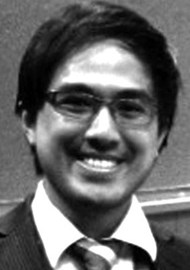This article reviews principles of performing rhinoplasty in non-Caucasian patients, exploring patient expectations based on differences in race, ethnicity and culture. One of the main challenges is a lack of well-established ideal facial measurements for different non-Caucasian groups. The authors categorised rhinoplasty principles into four main groups of African American, Hispanic, East Asian and Middle Eastern populations. For African American patients, previous survey had shown that patients did not want nasal modifications to resemble Caucasian noses. The main goals were summarised as maintaining nasofacial balance, narrower straight dorsum, enhancing tip projection, slight alar flaring and reducing alar width. In Hispanic patients, there may be a prevalence of dorsal humps, but this could be pseudohumps secondary to a lower radix or lack of tip projection. The authors cautioned against using nasolabial angle as a measure for tip rotation as Hispanic patients might also have prominent premaxillas. On the other hand, East Asian noses can be broadly divided into three main subtypes, which are patients who require augmentation of the nasal dorsum and tip, patients who require augmentation plus tip reduction, and patients who also require glabella augmentation. In the Middle East, rhinoplasty is one of the most popular operations performed, with a rate of up to seven times higher in Iran when compared with the United States. The nasal dorsum in Middle Eastern patients is typically wider and more prominent, with reduction of the nasal dorsum a common goal. This article summarises different types of noses, skin types and management strategies. However, with increasing diversity and interracial marriages, it will be difficult to generalise patients based solely on ethnic groups. Multiple factors need to be considered in addition to anatomical challenges, including the patient’s racial and ethnic identity to maximise outcomes and patient satisfaction.




